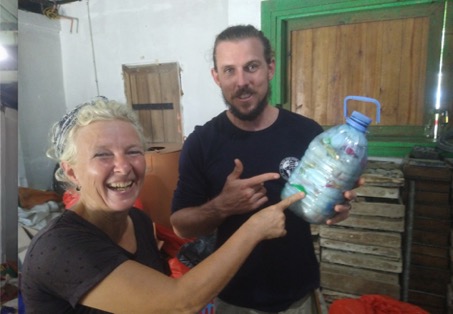“The ideal of Wasteless World is to become redundant”, says Thomas Wright, “but until we reach that, recycling and upcycling can work wonders”.
Tom started Wasteless World two years ago. Using his private savings and devoting all his time, he set up a warehouse with a workshop here in Bocas del Toro, Panama. He involves the local community, companies and government, and organizes beach clean-ups. His core team now consists of six devoted ‘warriors’.
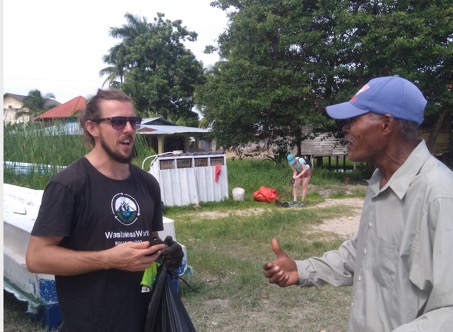
We learned about Wasteless World, since they organized a beach clean up at Carenero. This is the smallest island of the Bocas archipelago. The island is small enough to clean it up by us, 12 people, but big enough to make a positive statement. Our group largely had a western outlook in common, but we were enthusiastically joined by some local children.
Awareness is key
Thomas tells: “The reality here, is that we need to create awareness. It is only 15 years ago that they used a part of the beach as the dumping ground for the garbage. Now, the local government is charging the population $ 1,50 per garbage bag and brings it to a landfill.”
With cooperation of the municipality, Wasteless World has put collection stations where you can put plastic, glass and tin cans in. Obviously, this would save on what you throw away in the garbage bag. However, Tom estimates: ”People throw their waste in remote pits, burn it, or throw their waste directly into the environment. Perhaps 5% of the town’s recyclable materials end up here. So, it is still a long way to go.”
With the help of students from the Dutch University of Applied Science ‘Windesheim’, they set up an educational program for the local schools. Then, the next generation will do better on sustainability.
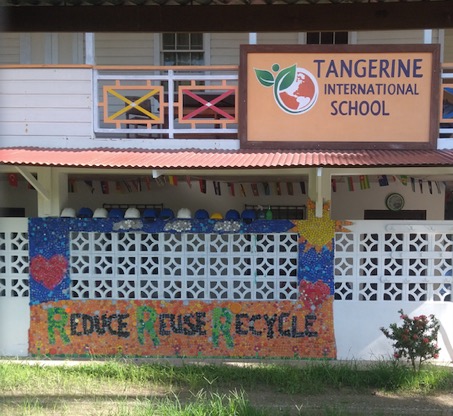
Added value: the Wasteless World warehouse
Near the airport, we find the heart of the Wasteless warriors: the warehouse. Here they create products out of waste. You see that most products are smart products, as well as statements showing the value of garbage. Here are some examples.
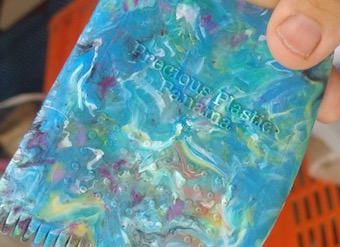
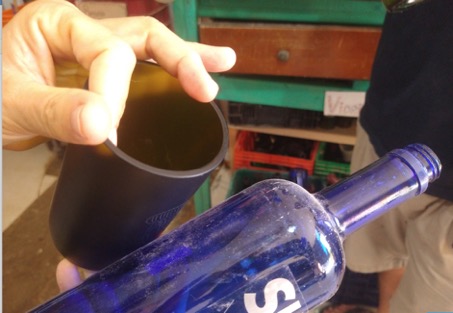
Going for the mass flows; the Recycle Center
Anyone can bring their recyclable garbage straight to the Center, for free. Talking about money: only 20% comes from donations, mainly from the people from the USA and Europe living here. Seeing their environment deteriorated by the garbage, they were very enthusiastic about the Wasteless World. So, they were happy to donate, to make a next start up possible: the Recycle Centre.
The purpose of the Recycle Centre is to process the mass streams to products, especially plastic and glass.
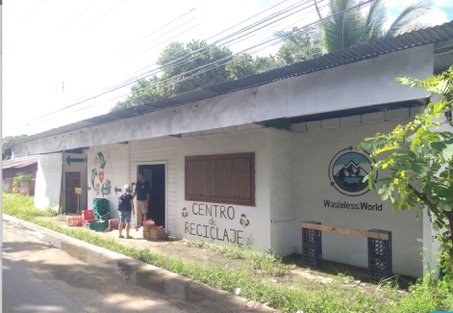
The value chain
People can bring in their garbage for free here. And much comes from the collection stations. As soon as the recycling station has processed one of the types of waste, they gain in worth.
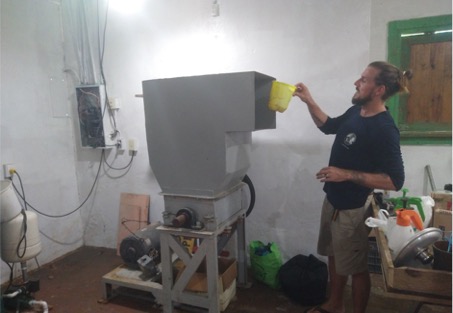
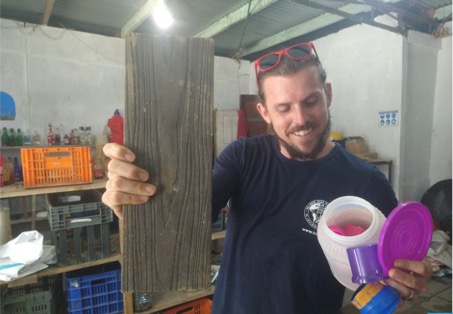
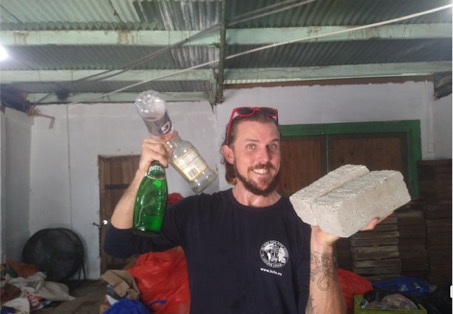
At its start, the Recycling Centre can already employ two local employees, working four days a week. They learn all about the different sorts of glas, and will distinguish polyethene from styrene, PVC, PET LDPE and HDPE, EPS and many more plastics, so they are able to separate the glass, cans, and all plastics, and operate the machines. They create the added value.
“But still, although the outlook is promising,” Thomas emphasizes, “the help of volunteers is necessary, and donations are very welcome.”
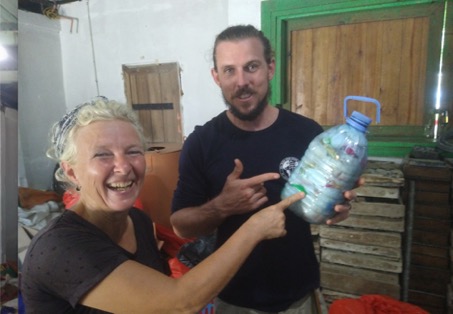
Comments on this article? Email info@fossilfreearoundtheworld.org
Email info@fossilfreearoundtheworld.org
Sail along on ‘Ya’ and discover local sustainable novelties? Email info@fossilfreearoundtheworld.org

